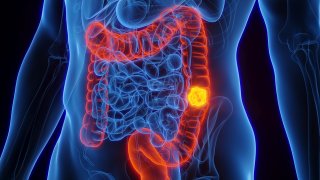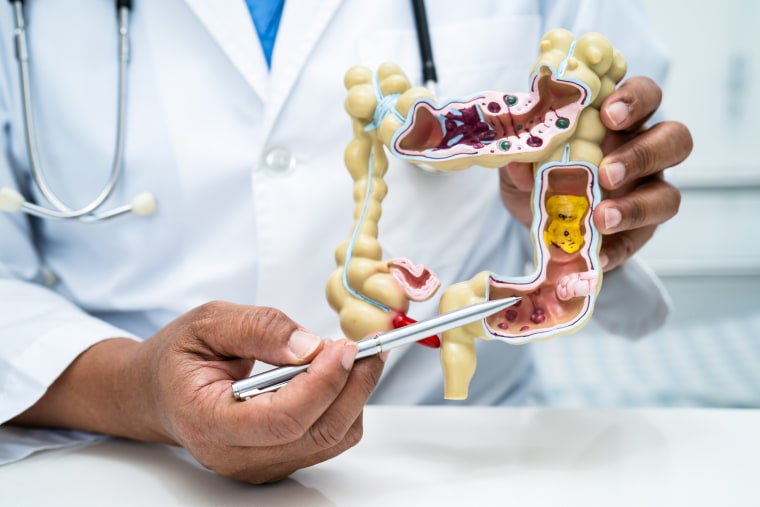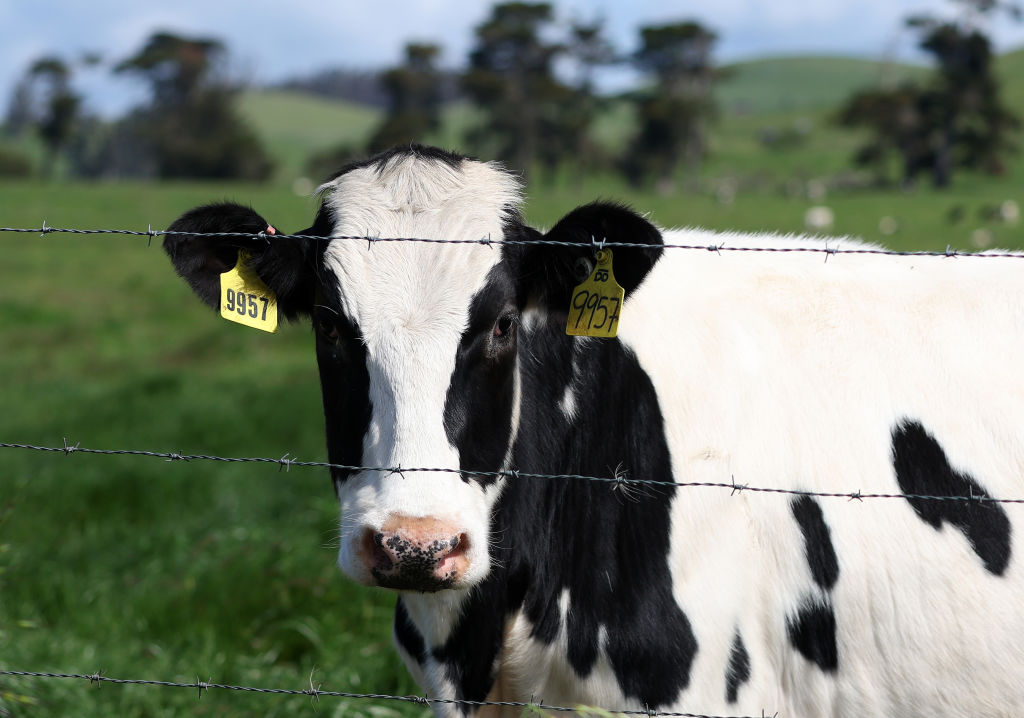
A type of bacteria that causes dental plaque may be behind a treatment-resistant form of colorectal cancer, a study published Wednesday in the journal Nature found.

The particular bacterium, which appears to shield tumor cells from cancer-fighting drugs, was found in 50% of the tumors tested in the study, according to NBC News. The discovery, experts say, could pave the way for new treatments and possibly new methods of screening.
Colon cancer is the second-leading cause of cancer deaths in the United States and is expected to kill more than 53,000 people in the nation in 2024, according to the American Cancer Society.
We're making it easier for you to find stories that matter with our new newsletter — The 4Front. Sign up here and get news that is important for you to your inbox.
Rates are rising sharply among younger people: The percentage of people younger than 55 diagnosed with colon cancer almost doubled between 1995 and 2019, leaping from 11% to 20% of cases. What’s more, these cases are often diagnosed at later, more aggressive stages.
Experts are still struggling to explain the shift.
“Colorectal cancer is very treatable when caught early, but the cases in younger people are increasing and we don’t know why,” said Dr. Flavio Rocha, a surgical oncologist and physician in chief at the Oregon Health & Science University’s Knight Cancer Institute, who was not involved in the study.
Health
The new research doesn’t answer that question; it’s far too early to implicate this bacteria in the rise in cases in younger people. What’s more, most of the patients in the study were over the age of 50.
But the findings raise “the question as to whether there are elevated levels of this bacterium in young onset colorectal cancer which is on the rise globally for unknown reasons,” said co-lead study author Susan Bullman, an assistant professor of human biology at the Fred Hutchinson Cancer Center in Seattle.
Bacteria with a secret
Scientists have suspected a link between the bacteria, called Fusobacterium nucleatum, and colorectal cancer growth for almost a decade. The bacteria is usually only found in the mouth, far from the colon.
In the mouth, it’s one of the most common types of disease-causing bacteria, linked to gum disease and plaque buildup. But it was unclear how it could withstand the journey through the gut and eventually invade tumor cells in places in the body where these types of bacteria usually don’t survive.
In the study, Bullman and her colleagues looked at the bacterial makeup of almost 200 colorectal tumors, as well as stool samples from more than 1,200 people, half of whom did not have cancer.
What they learned was that the bacteria was a bit more complicated than once thought. Namely, it has two distinct subspecies, one of which appears to shield colorectal tumors from cancer-fighting drugs.
“It acts like a cloak,” Bullman said.
Normally, immune cells called T-cells recognize and attack tumor cells. But this bacteria recruits another type of immune cell into the cancer cells, one that lets them escape the T-cells.
The stealthy subspecies was present in 50% of the colorectal tumors collected in the study. The corresponding stool samples also had elevated amounts of the subspecies, compared to their healthy counterparts.
“Patients who have high levels of this bacteria in their colorectal tumors have a far worse prognosis,” Bullman said. “They don’t respond as well to chemotherapy and they have an increased risk of recurrence.”
The subspecies may also cause cancer to form in the first place.
When Bullman and her team transplanted the subspecies to mice, they appeared to cause precancerous polyps to form, one of the first warning signs of colorectal cancer, though she added that this causation hasn’t yet been proven in humans.
The researchers also found clues that may answer the question as to how Fusobacterium nucleatum can get to the colon in the first place: The bacterium appears to be able to survive the journey through the stomach, withstanding what scientists previously thought would be a toxic dose of stomach acid.
New targets for treatment
The discovery of the subspecies has huge consequences for targeted therapies that are already underway, said Dr. Michael White, an assistant professor of colorectal surgery at The University of Texas MD Anderson Cancer Center in Houston.
“There is evidence that if you clear these bacteria, there is more response during treatment,” said White, who was not involved with the new research. Clinical trials are slated to soon test whether treating a patient with antibiotics prior to chemotherapy will induce a better response, he said.
Knowing more about which bacterial subspecies, including Fusobacterium nucleatum, are dangerous will allow for a more targeted approach, he said.
That could potentially include prevention.
It’s possible that scientists could identify the subspecies while it’s still in the mouth and give a person antibiotics at that point, wiping it out before it could travel to the colon, Bullman said. Even if antibiotics can’t successfully eliminate the bacteria from the mouth, its presence there could serve as an indication that someone is at higher risk for aggressive colon cancer, she added.
Rocha agreed. In the future, part of colorectal cancer screening could be as simple as a mouth swab, he said.
Understanding the newly identified subspecies could also lead to the development of new antibiotics that would specifically target this bacterial subtype, rather than wiping out both forms of the bacteria or all of the bacteria in the mouth.
There’s also the possibility of harnessing the bacteria to do the cancer-fighting work.
The subtype has already proven that it can enter cancer cells quite easily, so it might be possible to genetically modify the bacteria to carry cancer-fighting drugs directly into the tumors, Bullman said.
Researchers are just beginning to scratch the surface of the ways a person’s microbiome plays a role in the individual’s cancer risk, Rocha said, but it’s one of the most important concepts being explored in cancer research today.
This story first appeared on NBCNews.com More from NBC News:



